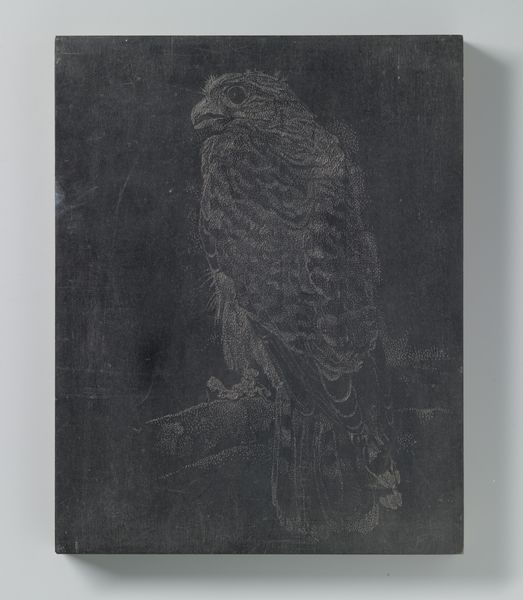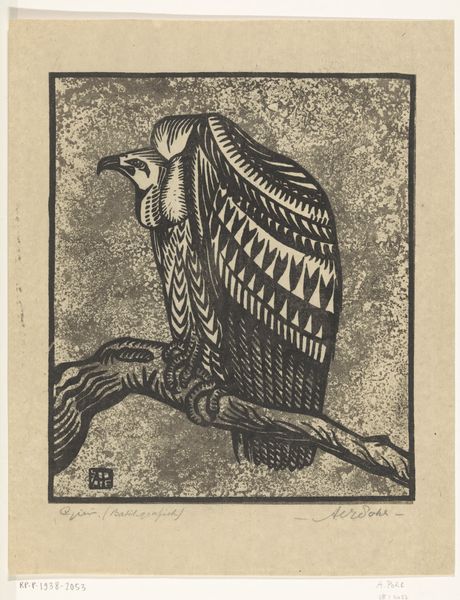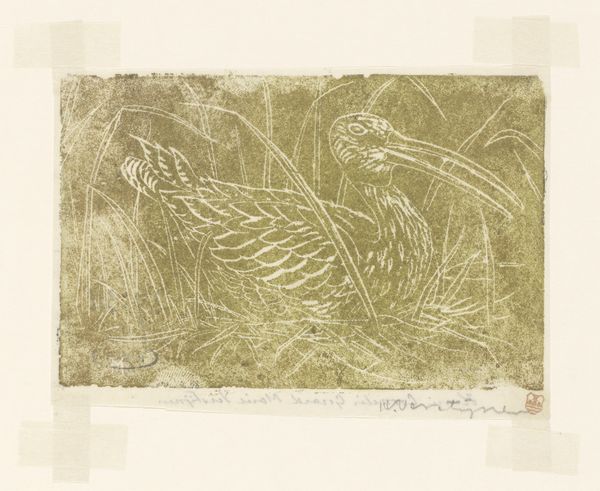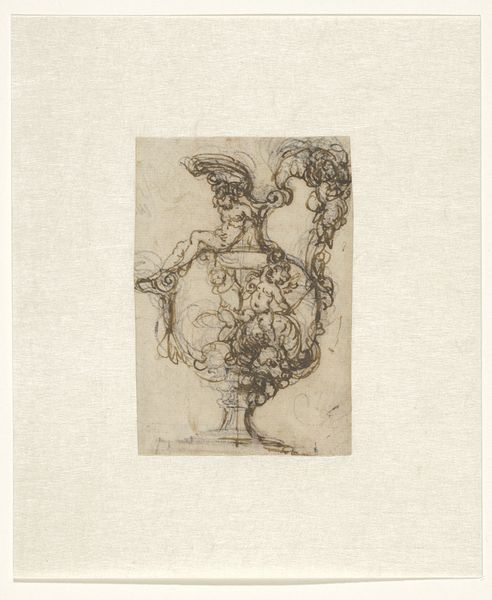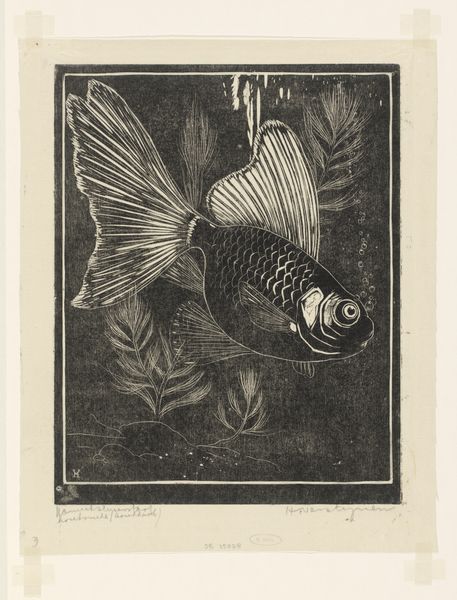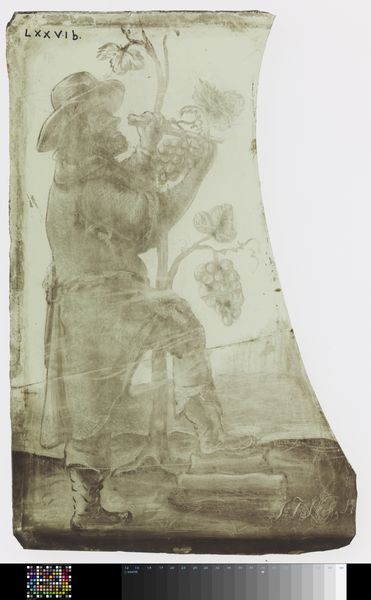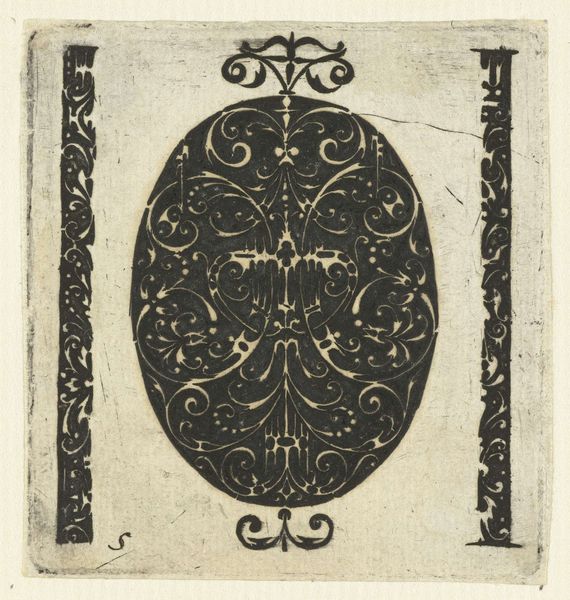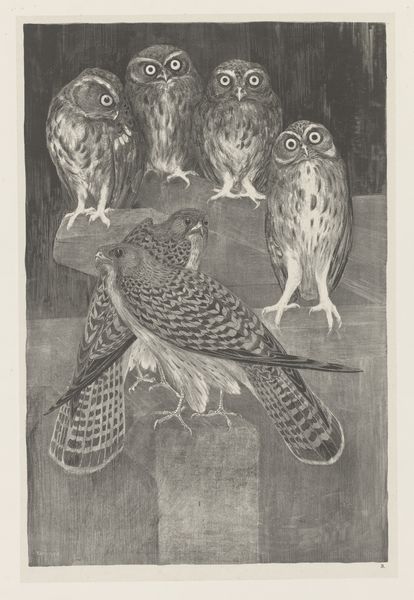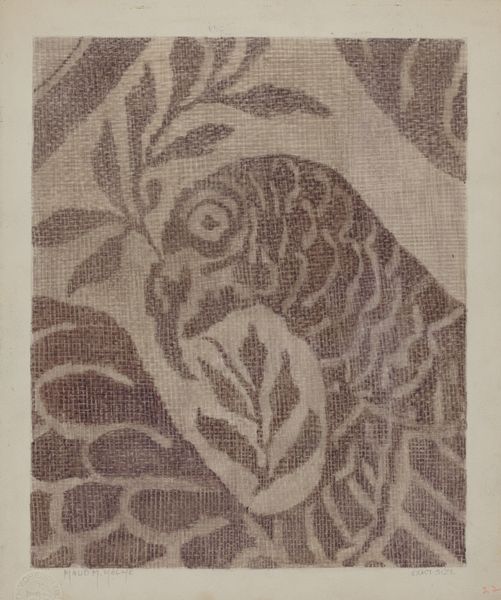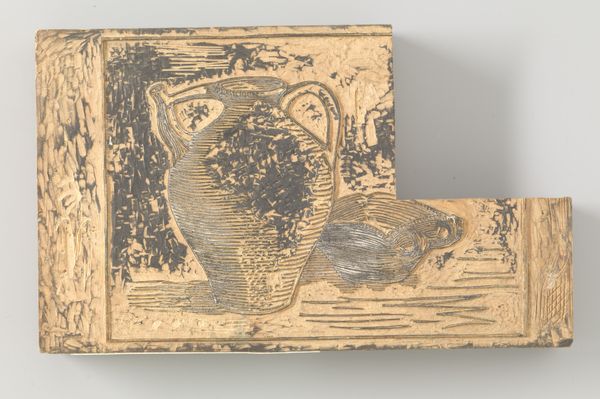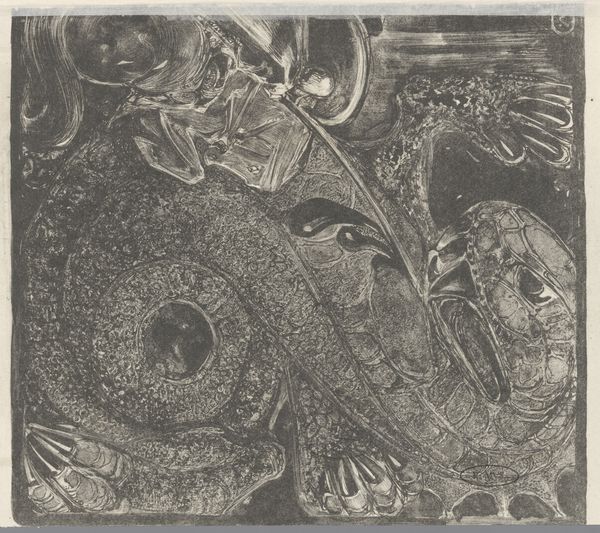
Dimensions: height 540 mm, width 430 mm
Copyright: Rijks Museum: Open Domain
Curator: Up next, we have "Steenuilen en torenvalken," or "Little Owls and Kestrels," created before 1917 by Theo van Hoytema, housed right here at the Rijksmuseum. It's an etching and print, using ink on paper. Editor: Oh, my! There's a rather curious gathering. It feels almost staged, like a class photo, with those owls peering out so seriously. Curator: It’s fascinating, isn't it? Hoytema, a well-regarded artist known for his distinct drawing style and graphic work, was clearly taken with depicting birds and other animals. Here we see his interest in Japanese art, that kind of graphic economy. He admired the way they would depict animals and things like negative space in Japanese ukiyo-e. Editor: Interesting connection. This staging, where nature, specifically birds, are elevated, it certainly resonates with current ecological concerns, wouldn’t you agree? But perhaps Hoytema would've just thought these critters looked rather handsome together. Curator: Precisely! Hoytema did work at the Artis Amsterdam Royal Zoo for some time, which leads one to wonder what his experience there may have influenced here. It feels rather pedagogical, you know. The careful observation, as if these owls are a lesson for us all. What do we learn? What truths can birds bring us to a better understanding? Editor: Maybe that knowledge is best gained by appreciating differences between creatures; but I find it troubling in other ways too. This somewhat colonialist view—imposing our gaze, categorizing… isn't there a tension inherent in depicting 'wildness' in this very ordered way? Curator: True. Though, knowing Hoytema's deep interest in nature and graphic art, perhaps it's less about control and more about, I don't know, wonder? Perhaps there's something beautifully anarchic to placing nature within the formal structure of this etching and print, don't you think? Editor: I concede. Perhaps our desire for nature, at once romantic and destructive, is beautifully captured in this scene of watchful owls. I do still worry we don't see them as equals, though! Curator: I love that this unassuming artwork continues to reveal its nuances. Next we move down the hall to see…
Comments
No comments
Be the first to comment and join the conversation on the ultimate creative platform.
